Witchcraft Terms and Tools – Book of Shadows
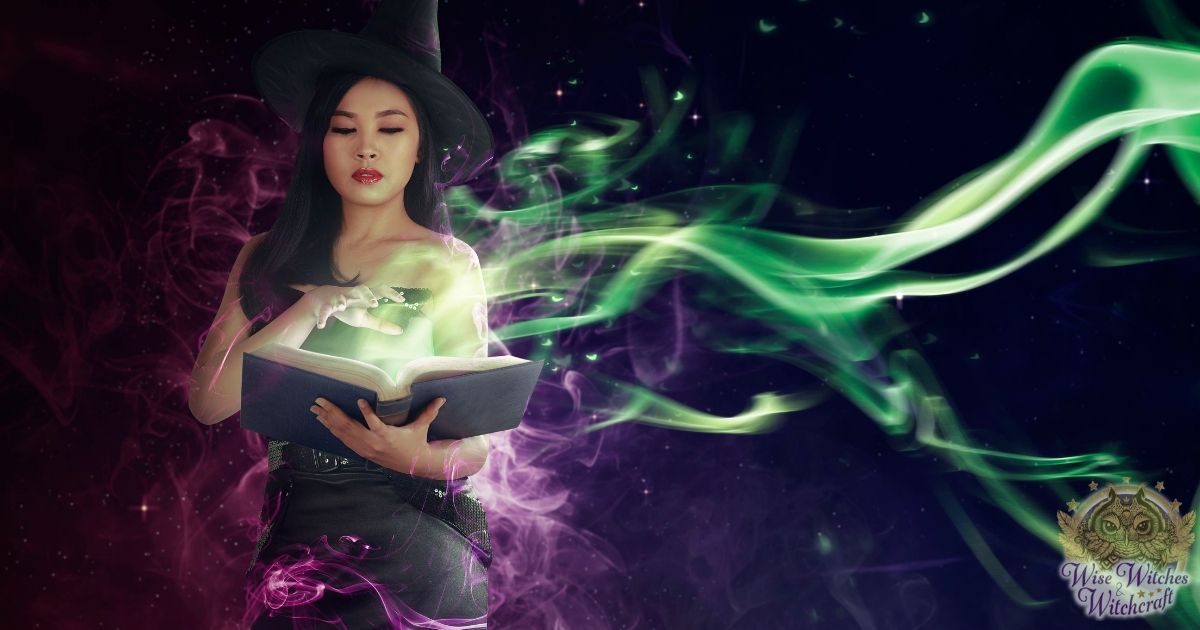
The Book of Shadows is a collection of magical and religious texts of Wicca and other Neopagan witchcraft traditions, containing the core rituals, magical practices, ethics and philosophy of a Wiccan or other tradition. It is the workbook of the witch, in which is recorded such things as guidelines for rituals, invocations, herbal and healing lore, spells, runes, rules of a particular coven or tradition, symbols, poems, chants and anything else which may be of use to the witch during ritual. It is usually considered a sacred tool and an item of power that should be consecrated along with all the other magical tools.
Gerald Gardner, the “father of modern Wicca“, claimed to have produced the first Book of Shadows, and he is believed to have originated the term. His first draft was initially known as “Ye Bok of ye Art Magikal” (sic). Gardner told his early students in the Brickett Wood coven that the Book of Shadows was a personal cookbook of spells that have worked for him personally, and that they were welcome to copy from it, and to add or remove material as they saw fit.
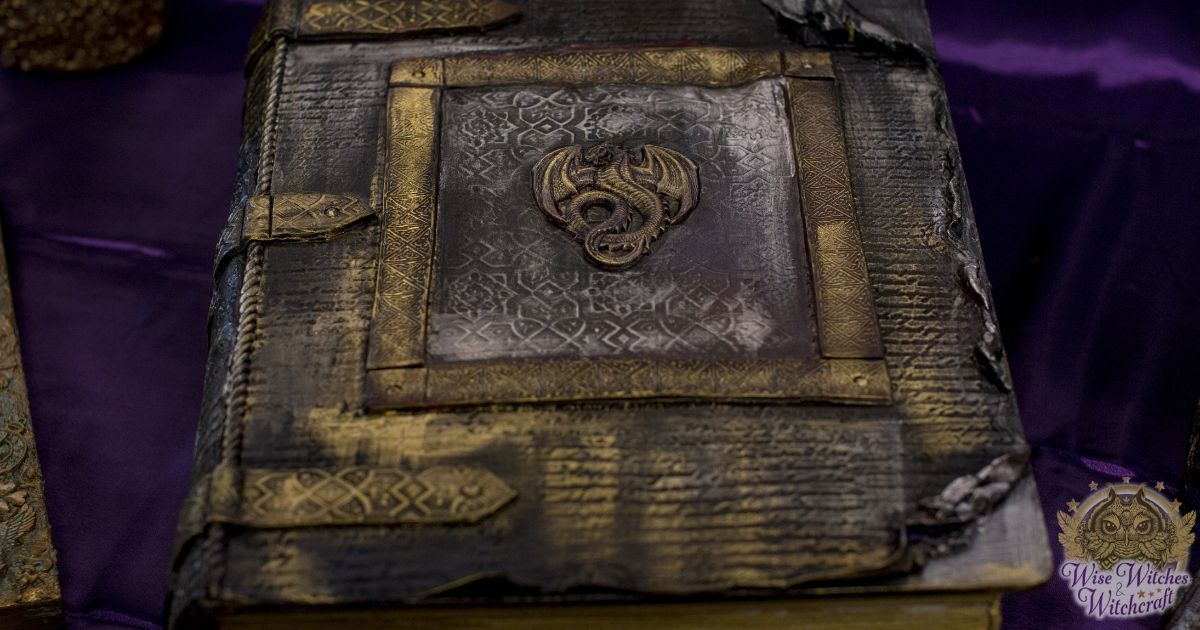
Within traditional lineaged forms of Wicca, a number of versions of the Book of Shadows have developed, their contents varying to a greater or lesser degree from Gardner’s original version. While Gardner himself seems to have originally treated the book as a personal journal, it has come to be considered a religious text in many traditions.
Gardner’s own Book of Shadows had been put together with the help of Doreen Valiente, and included a mish-mash of material from a variety of modern sources (notably from Charles Leland’s “Aradia, or the Gospel of the Witches” and the writings of Aleister Crowley). But it also included sections written in an antique (or mock-antique) style, including advice for witches brought to trial and tortured, which Gardner claimed were genuinely historical in origin, although more recent scholars have cast doubt on their authenticity. Certainly, many of Gardner’s early initiates, such as Eleanor Bone, Patricia Crowther and Monique Wilson, were led to believe that the book was of ancient provenance.
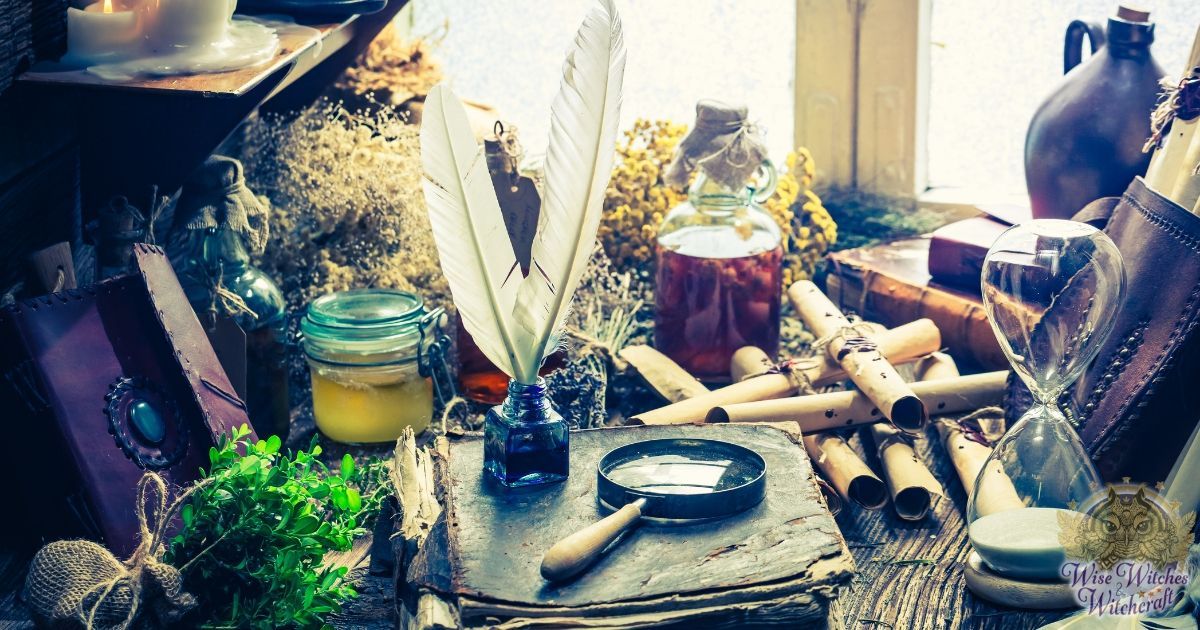
Gardner argued that, until recently, witches had not been allowed to write anything down in order to avoid incrimination, and folk magic and lore was transmitted orally from one generation of hereditary witches to the next. Even when Books of Shadows were finally allowed (with the repeal of the British Witchcraft Act in 1951), the rituals and spells were sometimes deliberately written in a jumbled manner to discourage any non-initiate from using them.
Traditionally, the Book of Shadows was always hand-written by the individual, and a common custom for new initiates into a coven was to hand-copy the teacher’s Book of Shadows exactly as it appeared, and then later to add their own material as they progressed in the craft. Some Wiccans keep two Books of Shadows: one book of core rituals which does not change, and from which new initiates copy; and another coven book for ritual use, which is different from group to group and may contain much added material, some of it traded between covens. Today, however, with the advantages of technology, they are often typed and photocopied, or even computerized onto discs or websites.
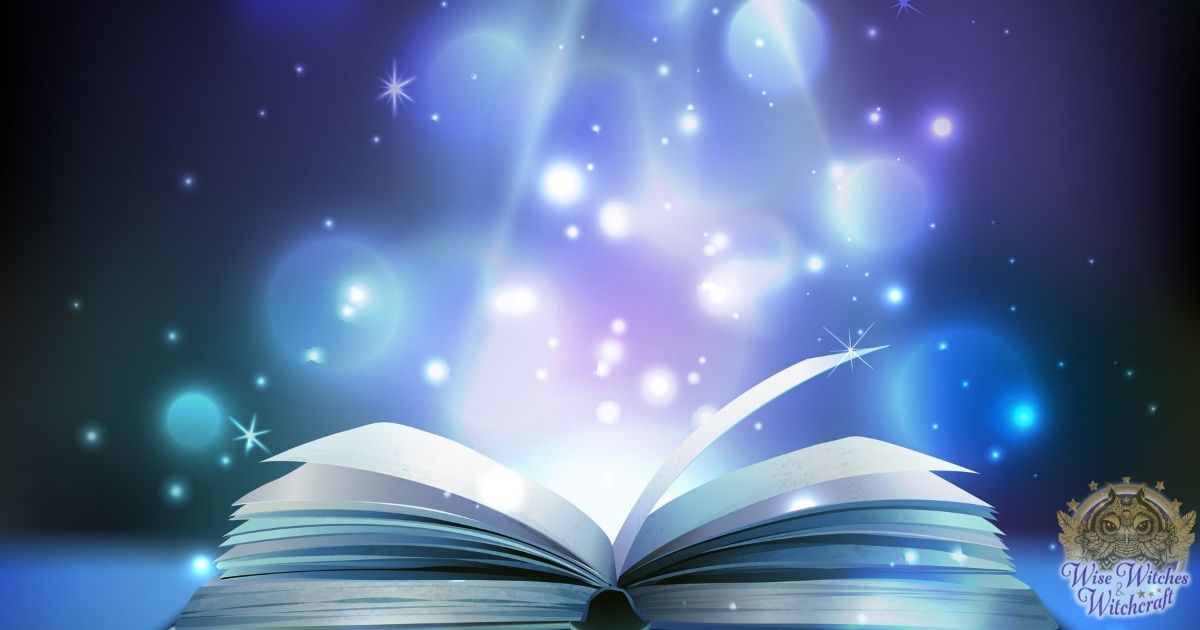
In modern Eclectic Wiccan terminology, a Book of Shadows is more of a personal magical journal rather than a traditional text, and it exists to record rituals, spells and their results, and other magical information of an individual or coven, and is not normally passed from teacher to student.
Leave A Reply
You must be logged in to post a comment.

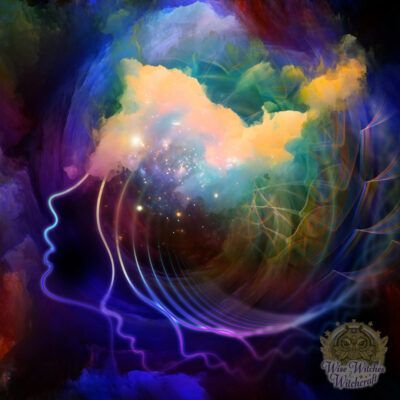
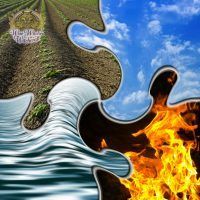
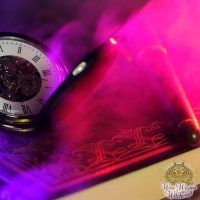
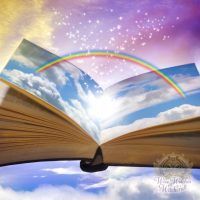
Comments